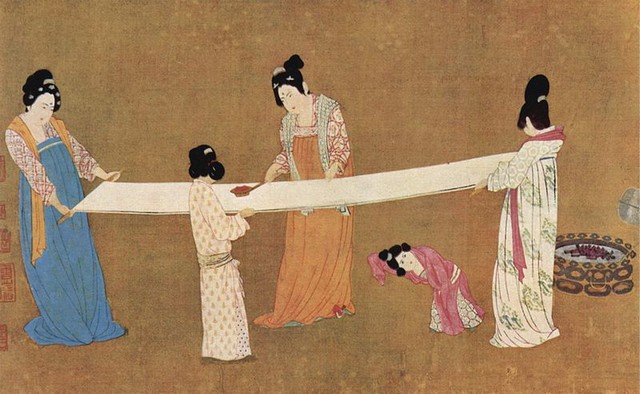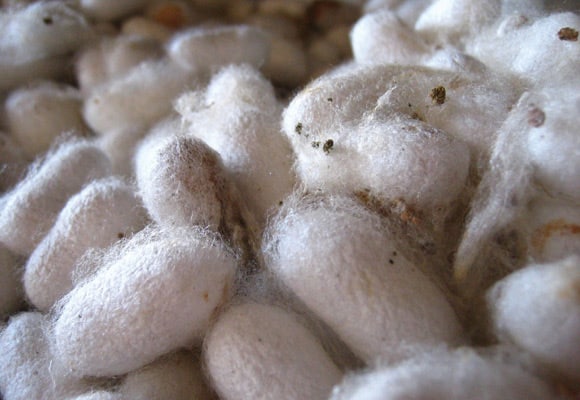Silk Filled Quilt, Style
What is Mulberry Silk
What is Mulberry Silk?
It’s the highest quality silk is available for purchase. The way in which it is produced is the most unique thing about Marlborough silk. It has its history in China, the local farmers have grown mulberry leaves for centuries. These leaves are what the silkworms feed on resulting in their cocoons being spun into raw silk fibres.
Because the silkworms only feed on these leaves, resulting silk is some of the finest around. White in colour and made up of individually long fibres, this silk is more refined than other types of silk.
So what’s the difference between Mulberry silk and other kinds of silk?
Other forms of silk due to their less controlled environment are less uniform in colour, texture and with shorter strands. They are less durable than Mulberry silk in due to these characteristics are less luxurious silk product.
Another benefit of Mulberry silk it is is that it is 100% natural, odourless and hypoallergenic. It contains natural protein called sericine which helps reduce the possibility of allergic reaction. This allows all the silk bedding to be a safe and healthy choice for those who suffer with allergies.
What is Wild Silk?
There are several versions of wild silk which are all produced by caterpillars other than a mulberry silkworm. Wild silk is best known and used in China, Southern Asia and Europe for many centuries. The scale of production remained fairly small compared to cultivated silks. There are many reasons for this one being they differ from the domesticated varieties in colour texture and therefore are less uniform in appearance and structure. Secondly the cocoons gathered in the wild usually have papaya is emerging from them before discovery making the cocoon torn into smaller fibre links. Thirdly many wild cocoons are covered in minerals that stymies the ability to reel them into longer strands of silk.
Chemical Properties of Silk
Silk committed by silkworms have two main proteins, sericin and fibroin. Fibre makes up the large structural center of the silk and serecin being the sticky material surrounding it. The high proportion (50%) of glycine allows tight packing. The addition of alanine and serine makes the fibres strong and resistant to breaking. This tensile strength is due to the many interceded hydrogen bonds, and when stretched the force is applied to these numerous bonds and they do not break.
So what are Silks Usages?
It’s an absorbency makes a comfortable to wear in warm weather and while active. Its lower conductivity keeps warm air close to the skin during cool weather as well. Due to these properties is normally found in high-end clothing ranging from ties all the way up to dress suits. The tight structural nature of the fibres makes it excellent in protecting against mosquito bites as is normally hard for insect to penetrate the clothing.
The major silk producers of the world are China and India making up roughly 70% of the world production. To produce 1 kg of silk 104 kg of mulberry leaves must be eaten
Our silk duvets are filled with 100% silk and we never feel our duvets with anything else but hundreds and Mulberry silk.

